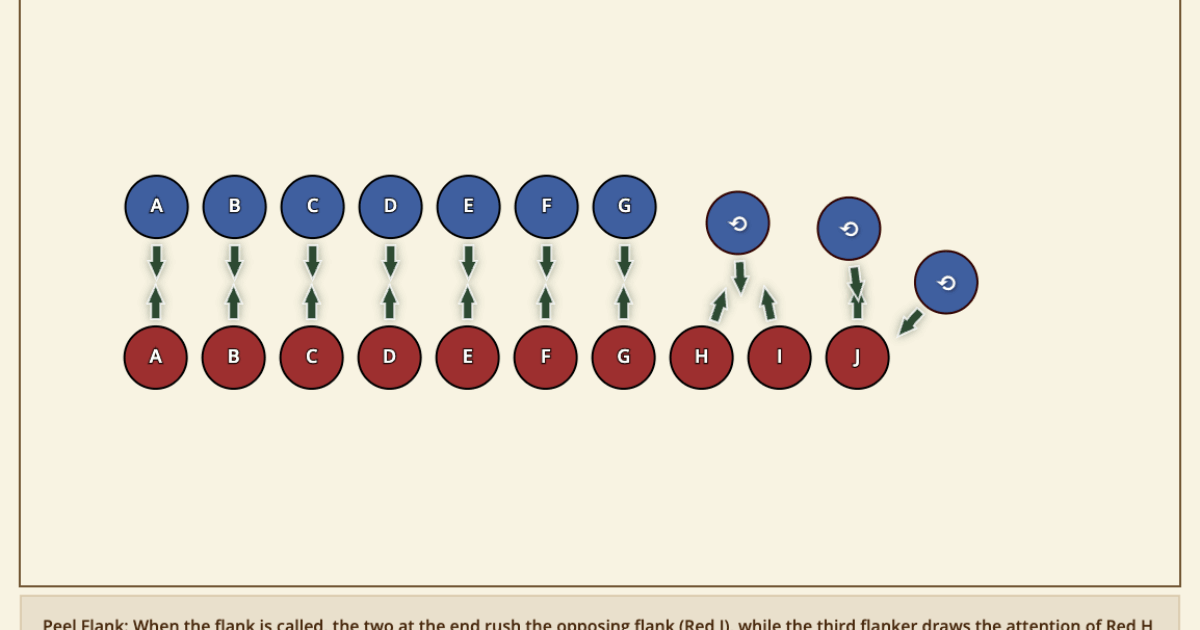Wall of Swords is another melee tactic that our group commonly uses. Like the name suggests, you are trying to make a wall of weapons that your opponents can’t get past or through. This is normally done in a choke point limiting how many opponents can approach the formation at a time. The wall is made up of people sitting and standing. This makes how many people fit on the line by about twice as much. It is using numbers to your advantage.
Points of safety
This formation packs a lot of people into a tight space. Be careful when you die to go rez; It may be better to wait for the wave to finish before going to rez. The opposing team is going to be trying to push through the formation to break it, and get their objective. Make sure you are gauging shots, and breaking shots appropriately. Also mind the people on the ground. They can still kill you, and make sure they aren’t stepped on.
- Mind the People on the Ground: People will be set up on the ground so pay attention to where you are stepping or where you are swinging your sword.
- Die Safely: This maneuver packs a lot of people into a tight space. Be mindful of how you die and where you move afterward.
- Break Your Shots: As you brace for impact from the opposing team, break your shots to avoid running anyone through.
General Points
To start making the line of swords you get the people with the shortest range placed across the choke point on the ground. Once they are in position, you have the people with longer range will place their front leg in between those on the ground. This is the basic make up of the wall of swords.
- Short on the Ground: Those carrying short swords or with shorter ranges, should position on the ground and allow long sword and longer ranges to stay up top. Their objective is to take blades, stab toes, and defend the long swords.
- Long Up on Top: Those carrying long swords or with longer reach should position themselves between the kneeling fencers so that their front foot is in line with the front of the line. Their objective is to strike and kill incoming opponents with snipes. Arms and heads make excellent targets.
- Kill Pocket vs Wall of Swords: A Wall of Swords is most effective in extremely tight spaces like at the end of a bridge or a corridor that you don’t want opponents to get through. A Kill Pocket is effective in more open corridors where you want to limit your opponent’s attacking force but allow them into an easily defended space. Something like a doorway or a trailhead in a forest.
- Breaking a Wall of Swords: There are two different key methods to breaking a Wall of Swords: Overwhelming and Chipping Away
- Overwhelming the Wall: With enough fencers, you can perform the Falling wedge to overwhelm them with numbers. As the first row of fighters dies, those filling in can kill pieces of the wall and push through it as their wall collapses. It may take multiple attempts.
- Chipping Away at the Wall: If one or two fighters can quickly snipe key targets along the wall, you can chip away at a gap until there is an opportunity to push through. It relies on speed to break open the gap before the team has a chance to fill in the wall. Be careful of hard shots.
- Defending a Wall of Swords: Let them come to you. Wreckless cowboys ruin the Wall of Swords. As teammates die, it is crucial to fill in gaps as quickly as you can. Communicate with your teammates about who you are attacking and who are you defending.
Training Ideas
- Where and When: Go over different locations, and scenarios that a wall of swords would be useful.
- Formation and Use: Get in the formation, and fight in it. learn how it works, and how to break it.
Assessment
- Wall of Swords Safety: Fencers should know how to get out of the formation when they are dead. They should also be very aware of range, gauging, and breaking shots.
- Wall of Swords Basics: Fencers should have a rough understanding of where, when, and how to use the formation.
- Wall of Swords Training: Use it, use it, use it.

